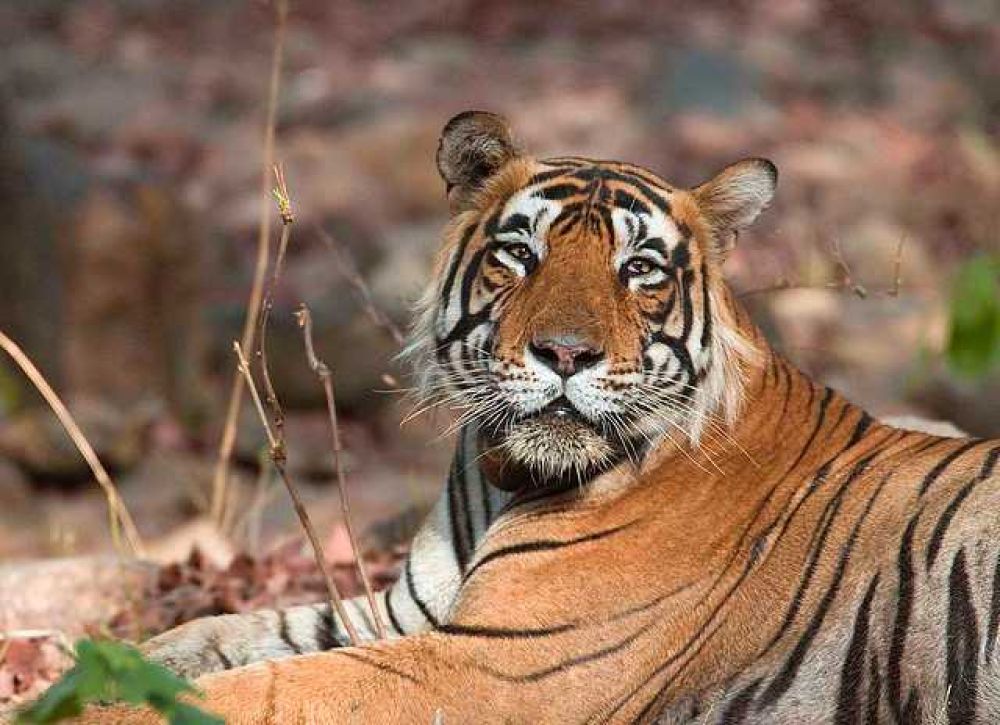

Nestled in the viridescent hills of Mizoram, the Saza Wildlife Sanctuary has been a hidden gem waiting to be discovered. Tourism in this biodiverse region began to take shape with the growth in awareness of the rich ecological value it holds. Initially, the sanctuary was primarily visited by researchers and wildlife enthusiasts eager to study and admire the unique flora and fauna of Northeast India.
With Mizoram developing its infrastructure and connectivity, the early 2000s saw a gradual increase in the number of tourists, drawn by the region's pristine nature and the lure of the exotic wildlife. The Government of Mizoram made strategic efforts to promote eco-tourism and conservation, which played a significant role in putting sanctuaries like Saza on the tourism map.
The establishment of the sanctuary was significantly driven by the goal of preserving its delicate ecosystem, home to numerous species that range from vibrant birds to rare mammals. As word of its enchanting beauty spread, a modest but growing number of visitors began to explore the unspoiled landscapes that the sanctuary offers, contributing to the local tourism industry's development.
Today, Saza Wildlife Sanctuary is experiencing a new wave of tourism, characterized by a strong interest in sustainable and responsible travel. Tourists today are increasingly conscious of their environmental footprint and seek meaningful experiences that promote conservation and community well-being.
Anchor points of modern tourism trends at Saza include bird-watching tours, nature walks, and cultural exchanges with local indigenous communities. Subtle enhancements in the form of eco-friendly accommodations, guided treks and initiatives like wildlife photography workshops have been introduced to cater to the evolving interests of tourists.
Significantly, digital technology and social media have become pivotal in shaping contemporary tourism. With travelers sharing captivating images and stories of the sanctuary online, Saza is attracting a global audience. In response, local authorities are harnessing these platforms to promote the sanctuary's allure and to educate potential visitors on the importance of preserving its natural treasures.
The recent trend sees an emphasis on personalized experiences, with tourists seeking to immerse themselves in the local environment away from crowded destinations. This shift has benefited sanctuaries like Saza, where the promise of tranquility and communion with nature is an attractive prospect.
The future of tourism at Saza Wildlife Sanctuary looks promising, with an emphasis on protective regulations to ensure the environment remains undisturbed by the growing number of visitors. The state continues to foster an eco-friendly tourism approach, encouraging ventures that support local economies while preserving the natural habitat.
Furthermore, the potential for community-based tourism is substantial, allowing tourists to engage directly with the local communities to learn about traditional practices, folklore, and crafts, thus enriching the travel experience while empowering local livelihoods.
With every responsible traveler who visits, Saza will endure as a testament to the harmonious balance between human curiosity and nature's magnificence. It is essential to remember that sustained efforts in conservation and responsible tourism practices are imperative for the sanctuary's enduring legacy.